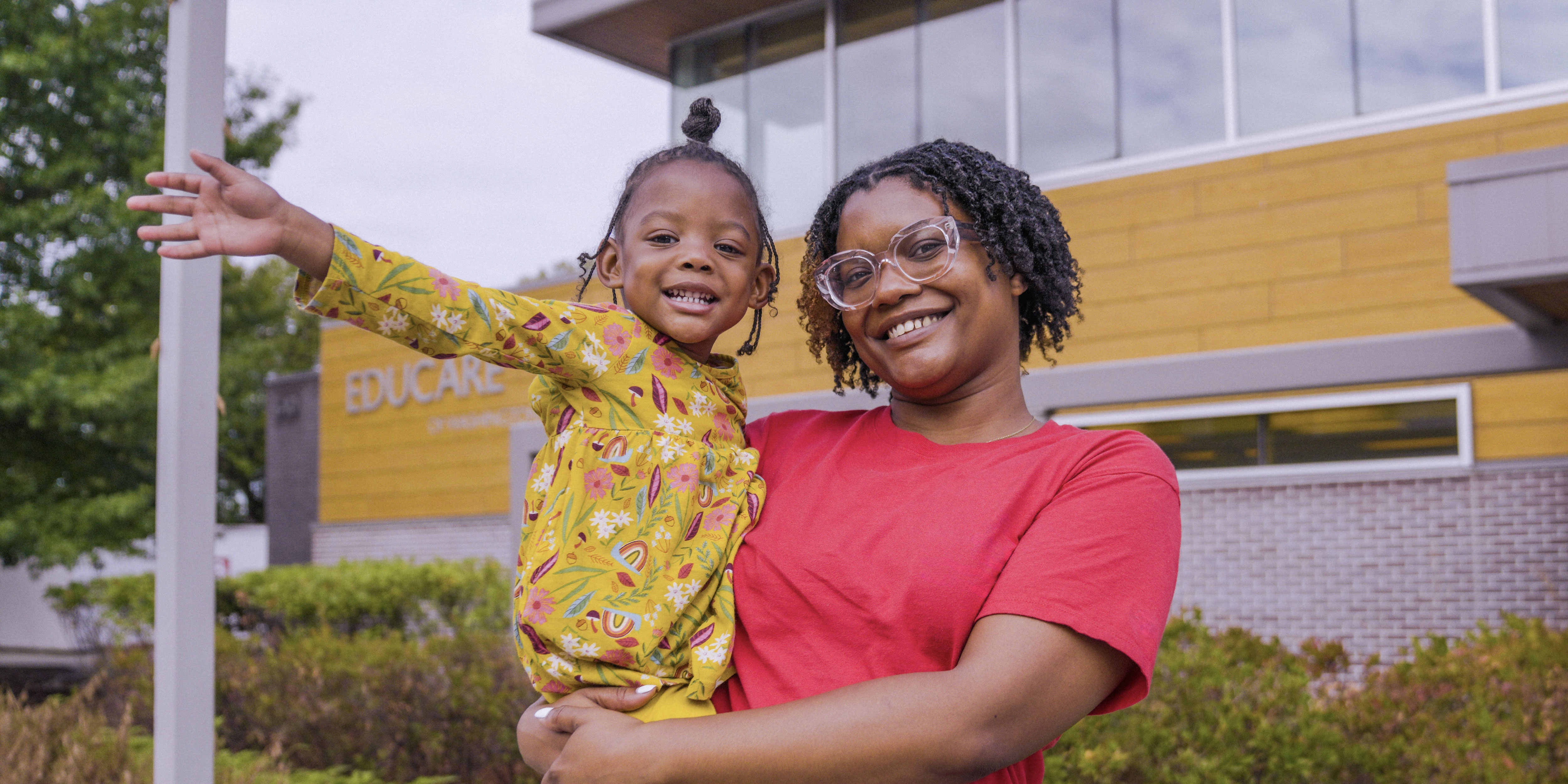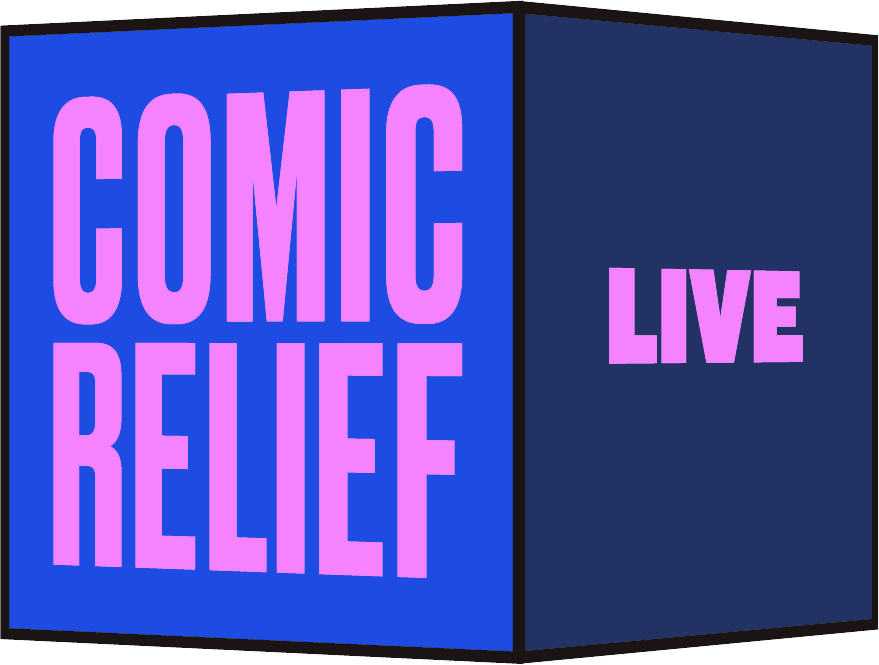Full Steam Ahead

Analytical and creative thinking, resilience, flexibility, motivation, curiosity, and a passion for lifelong learning are among the most sought-after skills for today’s workers.
Rapidly advancing technologies in automation, artificial intelligence, and cloud computing — hallmarks of the Fourth Industrial Revolution transforming global business — mean the jobs that today’s students will hold when they enter the workforce don’t exist today. For employers right now, “the most important skill is a meta-skill: the ability to adapt to changes,” according to Calton Pu, a Georgia Institute of Technology professor.
That’s where STEM (science, technology, engineering, and math) and STEAM (which adds the “a” for art) learning come in. The arts in STEAM include visual arts and design, language arts, humanities, music, drama, dance, and media. By combining STEM and the arts, students use the right (creative) and left (logical) sides of their brains as they solve problems.
Unfortunately, American students trail their peers in other countries in math and science. And in historically disadvantaged communities across the country, the lack of access to STEM/STEAM curriculum is particularly acute.
High-poverty school districts offer far fewer STEM resources, experiences, and classes than wealthier communities, which puts students at a disadvantage at every stage in their education, according to the Education Commission of the States. “Students in such schools suffer disadvantage upon disadvantage over the course of their schooling, and they face dim prospects for rewarding STEM careers,” the report said. Many of these children are being left behind.
Lack of equity, implicit bias, and disparity in the distribution of resources across rural, urban, and suburban communities are some reasons for uneven access to STEM/STEAM learning.
Providing more programming at all levels of education helps students go further in schooling, gain a foothold in industries like engineering, computer science, and physical sciences, and boost their economic standing. In 2020, the median wage for STEM workers was $63,915, 60% higher than the $40,000 for people in non-STEM professions.
STEM/STEAM education can help students as they progress through all levels of education and into the working world in other ways, including:
- Fostering creativity, experimentation, and innovation. It teaches students to think critically and analytically as they solve novel problems.
- Encouraging students to take risks, persevere, and learn that failure is part of the learning process. They also develop behavioral competencies like adaptability, cooperation, organization, and responsibility.
- Helping children learn to communicate and collaborate well, respect one another’s thoughts and opinions, and gain other critical social skills.
- Preparing students for the kind of project-based, collaborative work they will find in the workplace.
- Integrative learning leads to better written and oral communication skills, teamwork skills, ethical decision-making, and applying knowledge in real-world settings.
At Comic Relief US, we’re committed to making sure that all children have the opportunity to achieve their hopes and dreams. STEM/STEAM learning is one of the best ways to level the playing field for future success, and we’re working with partners like CodePath and Coded By Kids to ensure that today's students learn the skills and confidence to adapt to new technology and find new ways to explore — and conquer — the world.





